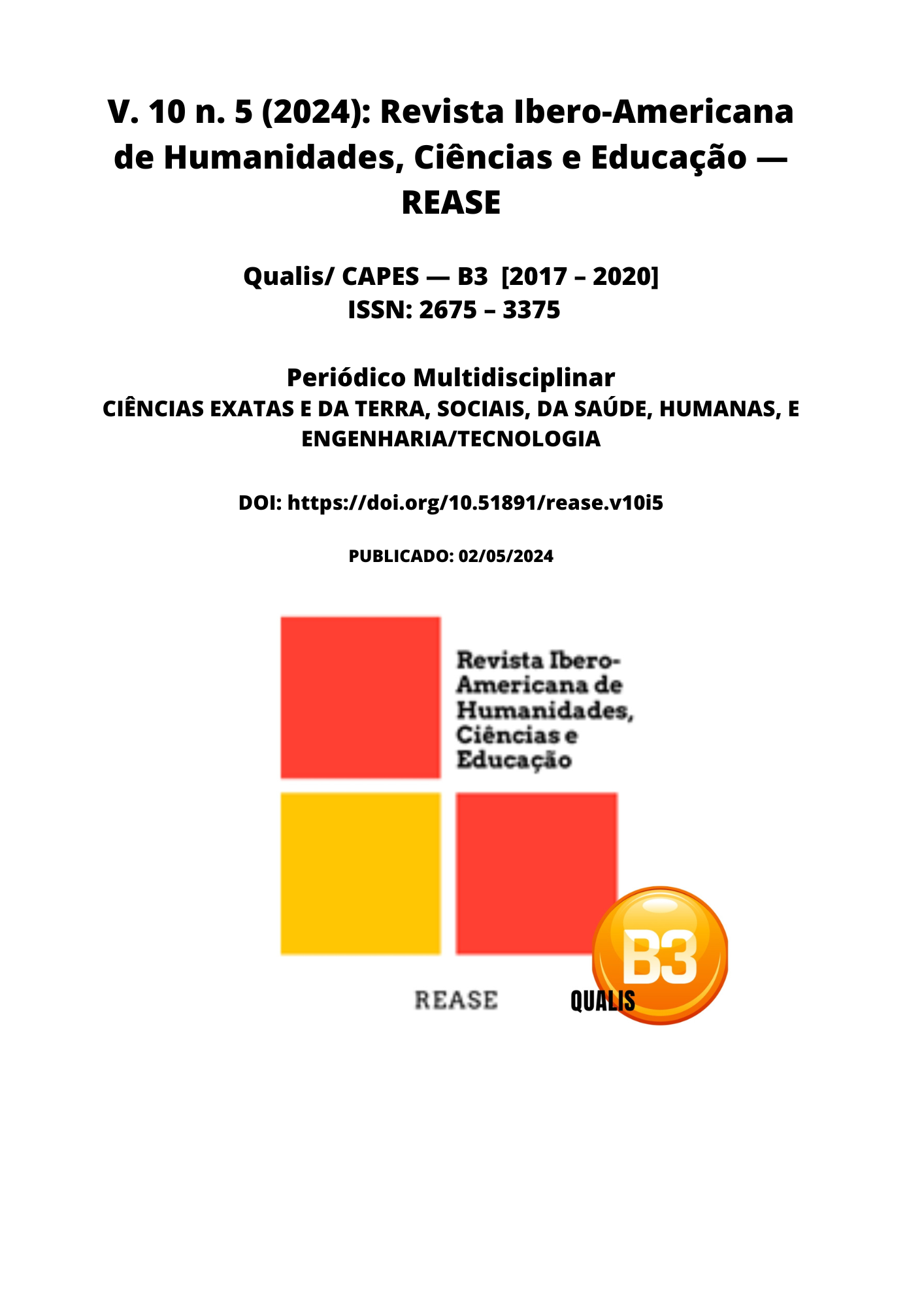RISKS AND PREVENTION OF ORAL PROBLEMS IN CHILDREN PREMATURES
DOI:
https://doi.org/10.51891/rease.v10i5.13792Keywords:
Prematurity. Preterm. Oral health. Pediatric dentistry.Abstract
Objective: To evaluate the association between prematurity and oral disorders in children, with emphasis on early identification and prevention of oral health problems in this group of individuals. Methods: A bibliographic research was carried out, which consists of a review of the literature related to the theme addressed. To this end, articles, monographs and journals published in the years 2018 to 2023 were used, searched in the databases, PubMed, Scielo, Lilacs and in the Brazilian Bibliography of Dentistry (BBO). To facilitate the location of the information in the databases, the following descriptors were used: Prematurity, oral health, pediatric dentistry and preterm. Literature review: According to the World Health Organization (WHO), it is estimated that about 15 million premature babies are born each year. Newborns with a gestational age of less than 37 weeks are considered premature. Babies who are born before the 29th week miss an important period of tooth development during the third trimester of pregnancy. The implications of prematurity on the stomatognathic system are diverse and wide-ranging. One of the most notable observations is the occurrence of Enamel Development Defects (DDE) in premature infants, which can affect the quality and strength of dental enamel. Conclusion: Based on the analysis of the complexities associated with preterm birth and its implications on the stomatognathic system, it is evident that prematurity is a predisposing factor that can affect the development of tissues and organs, including facial bones and dentition. This condition presents a number of challenges, from the multifactorial etiology to the consequences for the oral and craniofacial health of premature infants.
Downloads
Downloads
Published
How to Cite
Issue
Section
Categories
License
Atribuição CC BY

